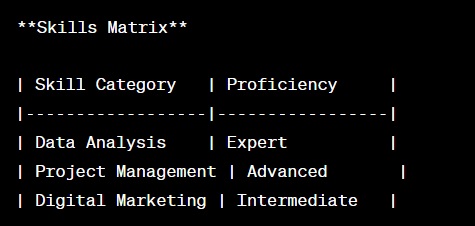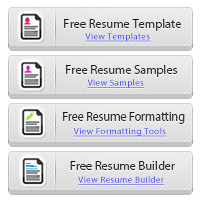
In the ever-evolving landscape of employment, the way we present ourselves on paper remains a critical element in securing our dream job. As we step into 2024, the expectations for resumes continue to shift, influenced by technological advancements, changing workplace dynamics, and the increasing emphasis on skills. This guide provides you with the insights and strategies needed to create a standout resume in 2024.
1. Embrace a Clean and Modern Design
The visual appeal of your resume matters more than ever. Consider adopting a clean, modern design that reflects professionalism and attention to detail. Use a consistent font, clear headings, and strategic spacing to enhance readability. Avoid clutter and prioritize a design that complements the industry you’re targeting.
2. Craft a Compelling Summary Statement
Swap the outdated objective statement for a compelling summary at the beginning of your resume. This brief section should succinctly highlight your professional identity, key skills, and career goals. Make it tailored to the specific role you are applying for, showcasing how you can immediately contribute to the employer’s needs.
3. Highlight Skills and Achievements
In 2024, skills take center stage. Instead of drowning your resume in a sea of responsibilities, focus on highlighting your skills and achievements. Employers are interested in what you can bring to the table. Use bullet points to succinctly showcase specific accomplishments and the skills utilized in each role.
4. Incorporate Keywords for Applicant Tracking Systems (ATS)
Many companies use Applicant Tracking Systems to streamline the hiring process. To ensure your resume makes it past these systems, incorporate relevant keywords from the job description. Tailor your resume for each application, aligning it with the specific skills and qualifications sought by the employer.
5. Include a Skills Matrix or Visual Representation
A visual representation of your skills can be a powerful addition to your resume. Consider incorporating a skills matrix or a visual chart that illustrates your proficiency in various areas. This not only adds a modern touch but also provides a quick, easy-to-read snapshot of your capabilities.

6. Integrate Multimedia Elements
In a digital age, multimedia elements can set your resume apart. Depending on your industry, consider integrating links to your professional portfolio, LinkedIn profile, or a personal website. This not only showcases your work but also allows employers to delve deeper into your professional persona.
7. Address Employment Gaps Strategically
If you have employment gaps, address them strategically. Briefly explain the reason for the gap without dwelling on it. Showcase any relevant activities or skills you developed during that time, such as freelance work, volunteer experience, or upskilling initiatives.
8. Quantify Achievements and Impact
Numbers speak volumes. Whenever possible, quantify your achievements. Whether it’s sales figures, project completion times, or the percentage of efficiency improvements, adding numbers provides concrete evidence of your contributions and impact in previous roles.
9. Demonstrate Adaptability and Continuous Learning
In today’s dynamic job market, employers value candidates who show a commitment to continuous learning. Highlight any certifications, workshops, or online courses you’ve completed. Showcase your adaptability by emphasizing experiences where you successfully navigated change or learned new skills.
10. Use a Professional Email Signature
Your email signature is a small but crucial detail. Ensure it is professional and includes your full name, phone number, LinkedIn profile, and a link to your personal website or portfolio if applicable. This provides a comprehensive means for employers to contact you and learn more about your professional background.
11. Craft a Tailored Professional Experience Section
Dive deep into your professional experience by crafting a tailored section for each role. Instead of generic job descriptions, focus on achievements and outcomes. Showcase how you contributed to the success of projects, teams, or the overall organization. Use action verbs to convey your impact.
12. Include Testimonials or Endorsements
If applicable, consider including brief testimonials or endorsements from colleagues, supervisors, or clients. This provides a third-party perspective on your skills and work ethic. Ensure the testimonials are concise and relevant to the specific skills or achievements you want to highlight.
13. Highlight Industry-Relevant Certifications
In certain industries, certifications carry significant weight. Dedicate a section of your resume to highlight relevant certifications you’ve obtained. Include the certification name, the issuing institution, and the date of completion. This not only demonstrates your expertise but also aligns you with industry standards.
Conclusion
In 2024, crafting a resume goes beyond listing job responsibilities; it’s about showcasing your skills, achievements, and adaptability in a visually appealing and modern format. By embracing these strategies, you can create
